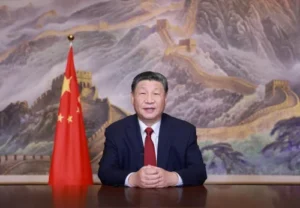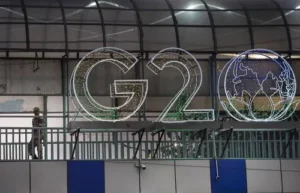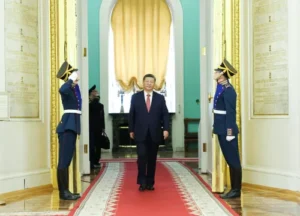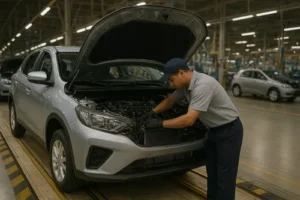Brazil, the world’s fourth-largest food producer, is revolutionising its agricultural sector through cutting-edge technology and sustainable practices. Discover how precision farming, machine learning, and environmental protection are transforming the country’s agricultural landscape while ensuring a sustainable future for generations to come.
Brazil has tremendous agricultural potential with some of the most arable land in the world. Innovation in this sector can clearly see a vast economic improvement of Brazil’s agricultural sector. Modernisation in terms of precision agriculture practices and digital tools, sustainable farming methods addressing environmental concerns, and the future of the globalised agricultural market for Brazil. Brazil’s increased emphasis on environmental protection–particularly that of the Amazon, means that the country’s environmental policies are stringently enforced, illustrated by its renewable energy dominance.
Agriculture in Brazil accounts for around 6.8% of the country’s GDP (Gross Domestic Product), although it has massive growth potential, this is largely because less than 30% of its land area is being used for agriculture. Various advanced methods and resources are applied throughout the various crop-cycles. This information is used and coded into machine-learning. This revolutionisation of quality, productivity, and cost-efficiency is a new feat for the agricultural sector.
Primary data collected for precision agriculture includes information about soil, crops, climate, and machine usage. This interconnectedness, especially regarding soil, climate and crop yield creates a bit of a challenge. Citing research from UNESP and Embrapa Soja, the utilisation of neural networks indicates that factors like lime application and plant height play a critical role in production. One of the agricultural companies, AGCO, spearheads the increase of farm profitability by 20% over the next 5 years.
As the fourth-largest food producer in the world, the Brazilian government emphasises the preservation of land and livelihoods for a sustainable future. The Brazilian legislature has implemented a number of practices through initiatives like the Agricultural plan (Plano Safra) and the National Program for Low-Carbon Emissions in Agriculture–with a focus on crop production finance, these initiatives are aligned to climate goals. The Brazilian government has allocated roughly $340 billion for rural credit, supporting rural farmers representing 29% of total agricultural production.
Brazil’s agricultural economy suffers when devaluation occurs, causing the prices of commodities in local currency to rise and costs measured in foreign currency decrease, leading to higher profit margins and increased revenues, however, those with debt denominated in foreign currencies sees its debt burden increase. The economic effects of devaluation on Brazil’s agricultural and food industries depend on the price structure within the economy and how relative commodity prices respond. For example, during Brazil’s severe recession in 2015–16, the weaker real contributed to record growth in agricultural exports. The devaluation encouraged farmers to bring more land into production and increase double cropping, which, despite low global dollar-denominated prices, resulted in higher net returns for Brazilian farmers in local currency terms.
Overall, bridging the gap between agriculture-technology-sustainability becomes extra important, needing solutions that are efficient and effective to harness the maximal potential of Brazil’s agricultural sector. The role of the legislature and regulations plays an important role regarding development and the environment. Therefore, Brazil’s willingness for environmental protection is undisputed.





